Home>Construction & Tools>Building Materials>What Size Is A Standard House Brick
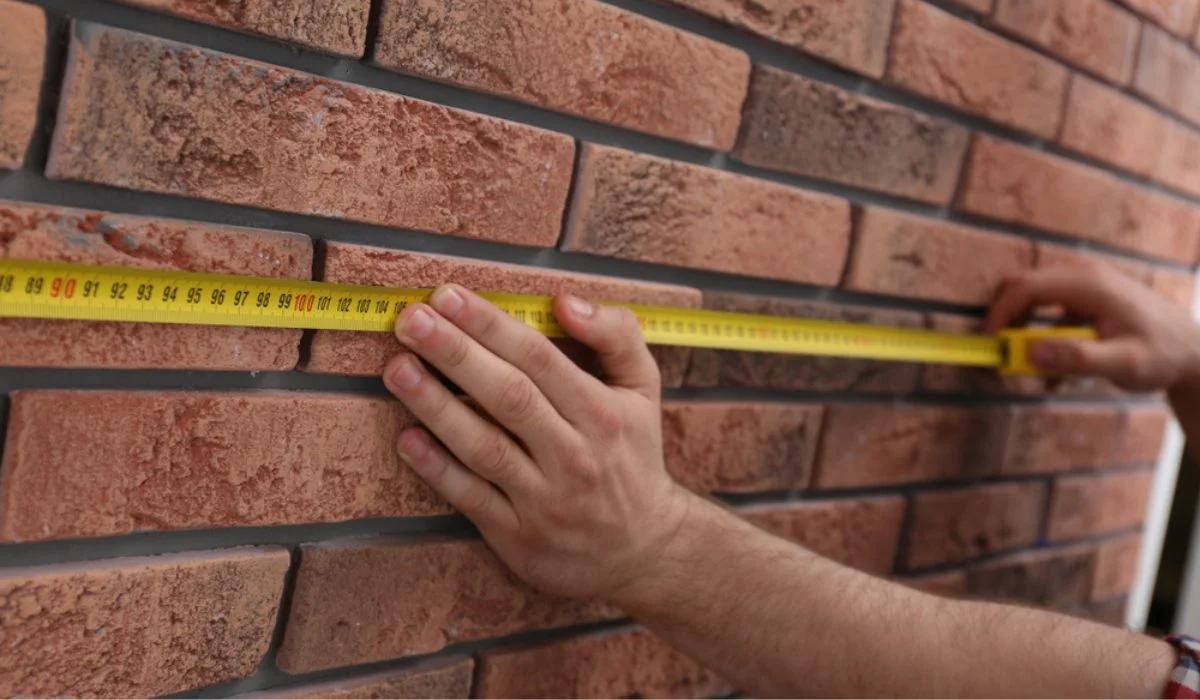

Building Materials
What Size Is A Standard House Brick
Modified: August 27, 2024
Discover the standard size of a house brick and other essential building materials. Learn about the dimensions and specifications for your construction projects.
(Many of the links in this article redirect to a specific reviewed product. Your purchase of these products through affiliate links helps to generate commission for Storables.com, at no extra cost. Learn more)
**
Introduction
**
House bricks are an essential component of construction, serving as the foundational building blocks for countless structures. From ancient civilizations to modern architectural marvels, bricks have stood the test of time, offering durability, versatility, and aesthetic appeal. In this article, we will delve into the world of house bricks, exploring their history, standard sizes, variations, and the importance of standardization.
Bricks have been a cornerstone of construction for thousands of years, with their usage dating back to ancient civilizations such as the Indus Valley, Mesopotamia, and Egypt. The timeless appeal of bricks lies in their ability to withstand the forces of nature and the test of time. Whether used in traditional brick-and-mortar construction or as a decorative element in contemporary designs, bricks continue to play a pivotal role in the world of architecture and construction.
As we embark on this exploration of house bricks, we will uncover the fascinating history behind these ubiquitous building materials, shed light on the standard sizes that have become the norm in construction, and discuss the variations that add depth and character to architectural projects. Additionally, we will delve into the significance of standardizing brick sizes, highlighting the impact it has on construction practices and the overall built environment.
Join us on this journey through the world of house bricks as we unveil the secrets of these timeless building materials and gain a deeper understanding of their role in shaping the structures that define our surroundings.
**
Key Takeaways:
- Standard house bricks are typically 3 5/8 inches by 2 1/4 inches by 8 inches in the United States, ensuring uniformity and compatibility in construction projects. Variations like “engineer” and “closure” bricks cater to specific design needs.
- Standardizing brick sizes is crucial for efficient construction, ensuring predictability, compatibility with other building materials, and long-term durability. It also allows for creative design within a structured framework.
Read more: What Is My House’s Standard Drainage Size
History of House Bricks
**
The history of house bricks is a tale as old as civilization itself, with evidence of brick-making dating back to ancient times. The earliest known bricks were made from mud and straw, sun-dried to form simple yet effective building blocks. As civilizations advanced, so did the techniques for brick production, leading to the development of fired bricks that offered increased durability and strength.
Ancient Mesopotamia, often referred to as the cradle of civilization, played a pivotal role in the evolution of brick-making. The region’s abundant clay deposits provided the raw material for crafting bricks, which were used to construct monumental structures such as the ziggurats of Sumer and the legendary city of Babylon.
Similarly, the ancient Egyptians utilized bricks in their architectural endeavors, creating awe-inspiring structures such as the pyramids of Giza. These early civilizations laid the groundwork for the widespread use of bricks in construction, setting the stage for their enduring legacy.
Fast forward to the Roman era, and we witness the refinement of brick-making techniques, with the Romans pioneering the use of kilns to fire clay bricks, resulting in superior strength and resilience. The widespread use of bricks in Roman architecture, from aqueducts to amphitheaters, cemented their status as a fundamental building material.
Throughout the medieval period and into the Renaissance, bricks continued to play a vital role in construction, adorning cathedrals, castles, and city walls across Europe. The Industrial Revolution brought about mechanized brick production, propelling the mass adoption of bricks in construction projects worldwide.
Today, the legacy of house bricks endures, with modern manufacturing processes ensuring the availability of bricks in an array of colors, textures, and sizes. From traditional red clay bricks to sleek, contemporary designs, the evolution of house bricks reflects the enduring craftsmanship and innovation that have shaped the built environment throughout history.
As we reflect on the rich tapestry of brick-making traditions, we gain a profound appreciation for the timeless allure and enduring legacy of house bricks, which continue to stand as a testament to human ingenuity and the artistry of construction.
**
Standard Size of House Bricks
**
House bricks, the fundamental building blocks of construction, adhere to standard sizes that have been refined over centuries to ensure uniformity and compatibility in building projects. The most prevalent standard size for house bricks in the United States is 3 5/8 inches by 2 1/4 inches by 8 inches, commonly referred to as “standard” or “modular” bricks. These dimensions, when combined with mortar joints, result in the familiar appearance of brick walls seen in residential and commercial structures.
Internationally, the metric system is often used to define standard brick sizes, with dimensions such as 215mm x 102.5mm x 65mm being common for modular bricks. The slight variations in size are a result of regional preferences and manufacturing standards, but the underlying principle of standardization remains consistent.
It is important to note that while the aforementioned dimensions represent the standard size of house bricks, variations exist to accommodate specific design requirements and architectural styles. For instance, “engineer” bricks, which are slightly larger than standard bricks, offer enhanced durability and are often used in structural applications. Conversely, “closure” bricks are smaller in size and are employed to achieve precise fits at the edges of brick walls.
Beyond the traditional rectangular shape, specialized bricks such as “bullnose” and “paver” bricks expand the design possibilities, adding curvature and texture to architectural elements and outdoor spaces.
Standardizing brick sizes serves as a cornerstone of efficient construction practices, enabling builders to plan and execute projects with precision and consistency. The uniform dimensions of standard bricks facilitate the creation of sturdy, aesthetically pleasing structures that stand the test of time.
As we explore the standard size of house bricks, we gain insight into the meticulous planning and craftsmanship that underpin the construction industry, where adherence to standardized dimensions ensures the seamless integration of bricks into the architectural landscape.
**
A standard house brick in the United States is typically 8 inches long, 3 5/8 inches wide, and 2 1/4 inches tall. This is the most common size used for building residential homes.
Variations in Brick Sizes
**
While standard brick sizes form the backbone of construction, variations in brick dimensions offer versatility and creative possibilities in architectural design. These variations cater to specific structural and aesthetic requirements, allowing builders and designers to customize their projects with precision and flair.
One notable variation is the “engineer” brick, which exceeds the dimensions of standard bricks, typically measuring 3 5/8 inches by 2 3/4 inches by 8 inches. The larger size of engineer bricks enhances their load-bearing capacity, making them suitable for structural applications where strength and resilience are paramount. This variation is often employed in the construction of foundations, pillars, and other load-bearing elements, contributing to the structural integrity of buildings.
Conversely, “closure” bricks, also known as “closers,” are smaller in size compared to standard bricks. Measuring approximately 3 5/8 inches by 2 1/4 inches by 7 5/8 inches, closure bricks are utilized to achieve precise fits at the ends of brick walls and are instrumental in maintaining uniformity and alignment in the overall construction.
Specialized brick shapes, such as “bullnose” and “paver” bricks, introduce curvature and texture into architectural designs. Bullnose bricks feature a rounded edge, adding a soft, finished look to exposed corners and edges. These bricks are commonly used in landscaping and hardscaping projects, where they provide a seamless transition between different surfaces and create visually appealing borders.
Paver bricks, also known as “paving bricks,” are designed for outdoor applications, particularly in the construction of patios, walkways, and driveways. These bricks are available in various sizes and shapes, offering flexibility in creating intricate patterns and durable surfaces that withstand heavy foot traffic and environmental elements.
Additionally, the use of modular brick sizes, which are based on the standard 3 5/8 inches by 2 1/4 inches by 8 inches dimensions, allows for versatile design options. By combining modular bricks with half-length and one-third-length variants, architects and builders can introduce visual interest through intricate patterns, alternating textures, and accent features within brickwork.
These variations in brick sizes exemplify the adaptability and creative potential inherent in brick-based construction. By embracing diverse dimensions and shapes, architects and builders can tailor their designs to meet specific functional and aesthetic objectives, resulting in captivating structures that reflect meticulous attention to detail and innovative craftsmanship.
**
Importance of Standardizing Brick Sizes
**
The standardization of brick sizes plays a pivotal role in ensuring the efficiency, quality, and structural integrity of construction projects. By adhering to established dimensions, builders, architects, and manufacturers benefit from a range of advantages that contribute to the seamless execution of building endeavors.
One of the primary benefits of standardizing brick sizes lies in the ease of planning and execution. With uniform dimensions, builders can accurately calculate the required quantity of bricks for a project, streamline the layout and design process, and anticipate the precise spatial requirements for incorporating bricks into the structure. This level of predictability and consistency fosters efficient project management and resource allocation, ultimately contributing to cost-effective construction practices.
Standardized brick sizes also facilitate the compatibility of building components. From doors and windows to structural elements and decorative features, the adherence to standard dimensions ensures that bricks integrate seamlessly with other building materials, allowing for precise alignments and cohesive assembly. This harmonious integration is essential for achieving structural stability, architectural coherence, and aesthetic harmony within the built environment.
The standardization of brick sizes extends beyond individual projects, encompassing the broader construction industry. By embracing uniform dimensions, manufacturers can optimize production processes, minimize material waste, and enhance the interchangeability of bricks across diverse projects. This standardization streamlines supply chains, promotes sustainable manufacturing practices, and fosters a robust marketplace where builders can readily access bricks that meet established size specifications.
Furthermore, standardized brick sizes contribute to the long-term durability and resilience of structures. When bricks adhere to consistent dimensions, the resulting masonry exhibits uniform strength, load-bearing capacity, and resistance to environmental factors. This uniformity is essential for creating robust, weather-resistant constructions that withstand the test of time and maintain their structural integrity over the years.
Architecturally, the standardization of brick sizes empowers designers to unleash their creativity within a structured framework. By working with predictable dimensions, architects can explore innovative patterns, textures, and compositions while ensuring that the fundamental principles of construction and design integrity are upheld. This balance between creative expression and standardized dimensions fosters a dynamic architectural landscape characterized by both ingenuity and reliability.
In essence, the importance of standardizing brick sizes resonates throughout the construction industry, shaping the way buildings are envisioned, constructed, and sustained. By embracing uniform dimensions, stakeholders in the construction process uphold a legacy of precision, durability, and innovation, laying the foundation for enduring structures that stand as testaments to human craftsmanship and ingenuity.
**
Read more: What Is The Size Of A Standard Red Brick
Conclusion
**
House bricks, with their rich history, standardized sizes, and versatile variations, embody the enduring legacy of construction materials that have shaped the built environment for millennia. From the sun-dried bricks of ancient civilizations to the precision-engineered modular bricks of today, the evolution of brick-making reflects the ingenuity, craftsmanship, and timeless appeal of these foundational building blocks.
As we reflect on the standard size of house bricks and the variations that add depth and character to architectural designs, we gain a profound appreciation for the meticulous planning and creative potential inherent in brick-based construction. The adherence to standardized dimensions ensures the seamless integration of bricks into the architectural landscape, fostering structural integrity, aesthetic coherence, and design versatility.
Moreover, the importance of standardizing brick sizes extends beyond individual projects, permeating the entire construction industry. By embracing uniform dimensions, stakeholders uphold a legacy of precision, durability, and innovation, laying the foundation for enduring structures that stand as testaments to human craftsmanship and ingenuity.
As we celebrate the timeless allure and enduring legacy of house bricks, we recognize their role as the cornerstone of construction, standing as silent sentinels that bear witness to the evolution of architectural styles, building techniques, and the human quest to create enduring structures that stand the test of time.
So, the next time you admire a brick facade or marvel at the intricate patterns adorning a brick wall, take a moment to appreciate the centuries of tradition, innovation, and artistry that have culminated in the humble yet extraordinary house brick—an indispensable element in the tapestry of human construction and creativity.
Join us in celebrating the enduring legacy of house bricks, where tradition meets innovation, and where the standardization of sizes paves the way for boundless architectural possibilities, shaping the world we inhabit and the structures that define our surroundings.
Frequently Asked Questions about What Size Is A Standard House Brick
Was this page helpful?
At Storables.com, we guarantee accurate and reliable information. Our content, validated by Expert Board Contributors, is crafted following stringent Editorial Policies. We're committed to providing you with well-researched, expert-backed insights for all your informational needs.


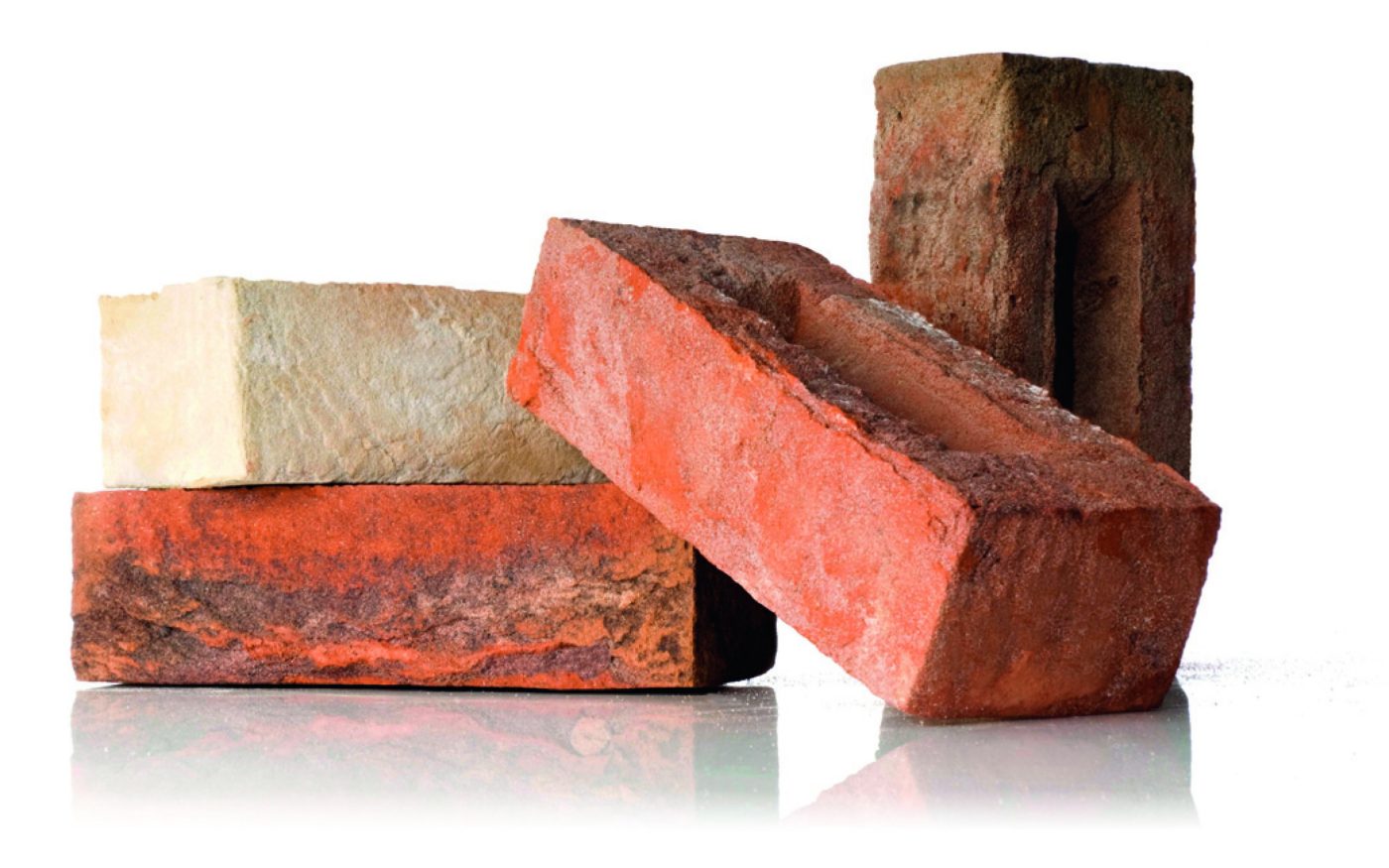



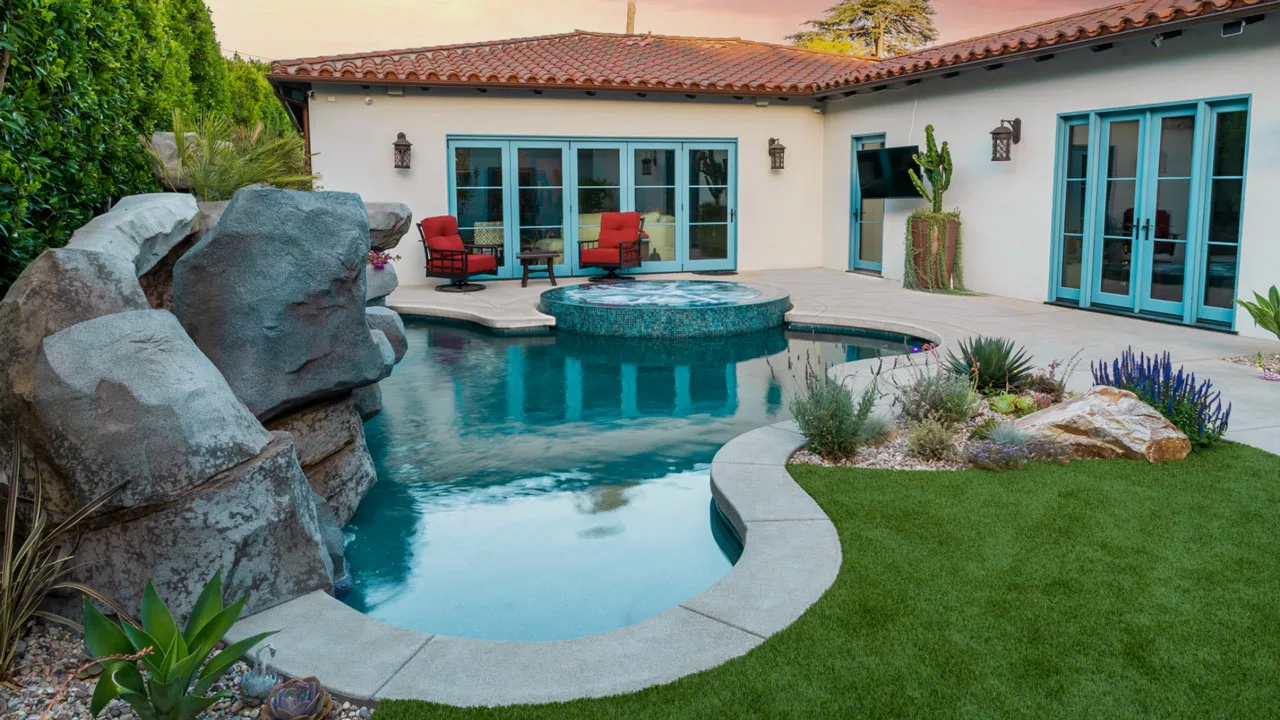
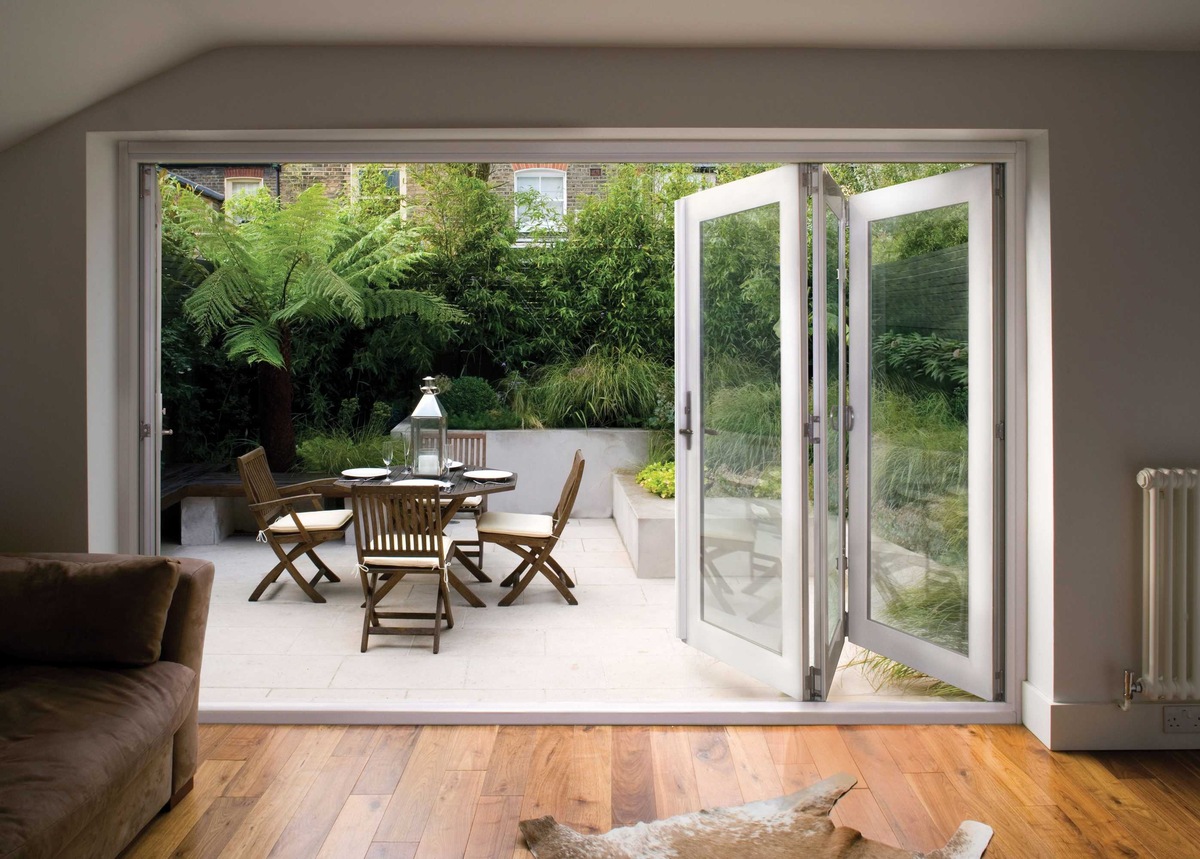


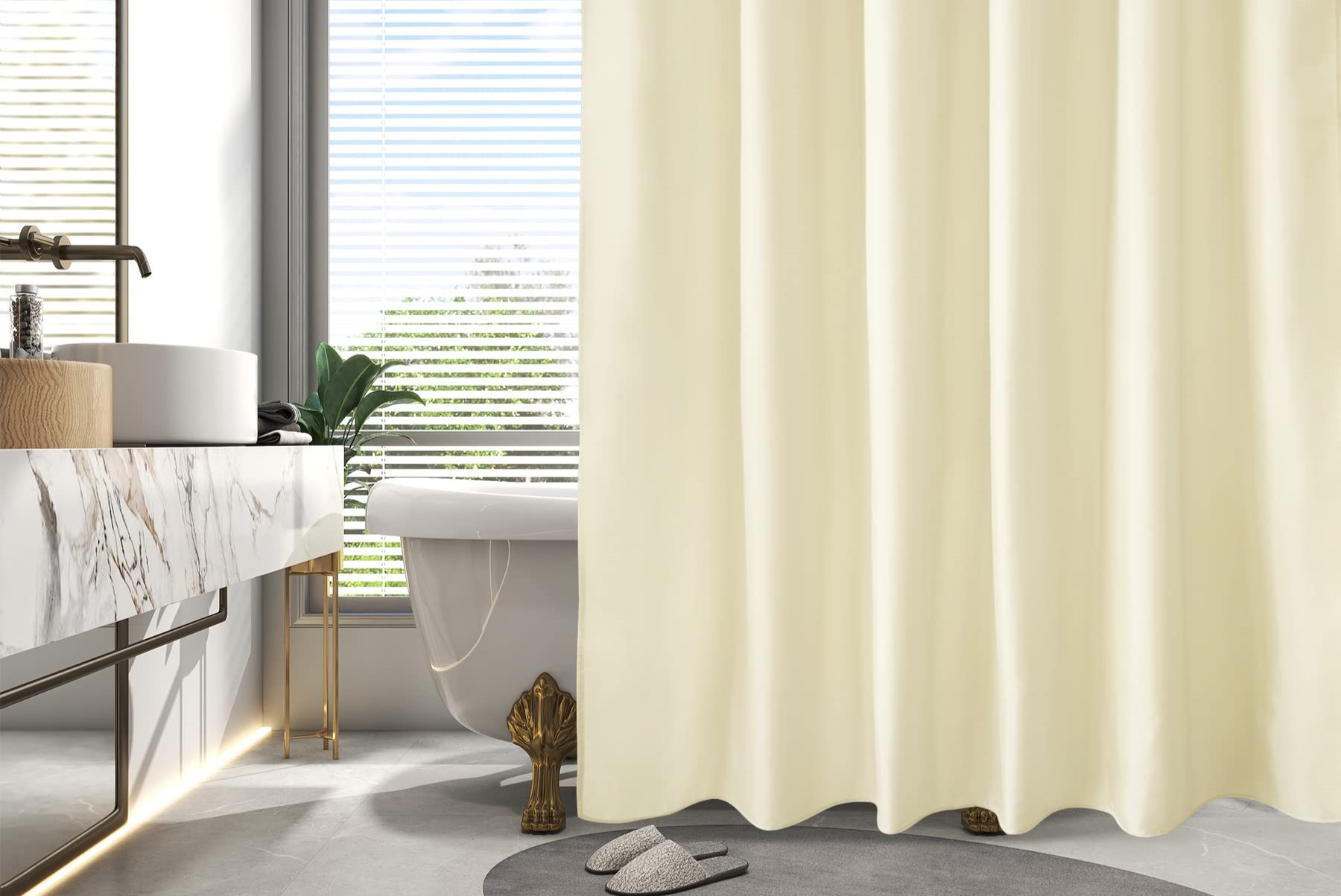




0 thoughts on “What Size Is A Standard House Brick”